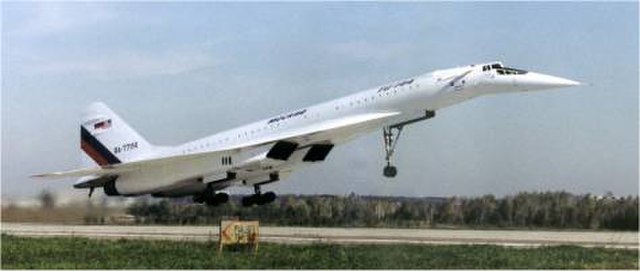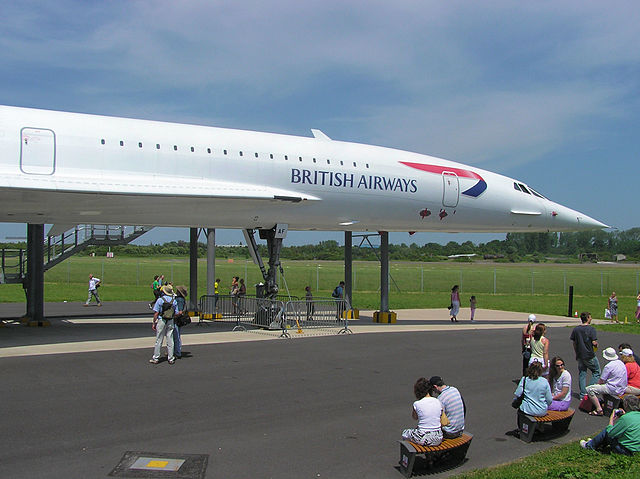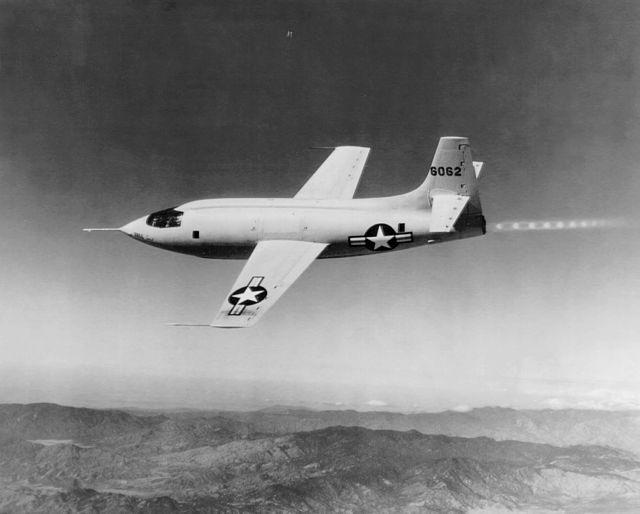A supersonic transport (SST) or a supersonic airliner is a civilian supersonic aircraft designed to transport passengers at speeds greater than the speed of sound. To date, the only SSTs to see regular service have been Concorde and the Tupolev Tu-144. The last passenger flight of the Tu-144 was in June 1978 and it was last flown in 1999 by NASA. Concorde's last commercial flight was in October 2003, with a November 26, 2003 ferry flight being its last airborne operation. Following the permanent cessation of flying by Concorde, there are no remaining SSTs in commercial service. Several companies have each proposed a supersonic business jet, which may bring supersonic transport back again.
The Concorde supersonic transport had an ogival delta wing, a slender fuselage and four underslung Rolls-Royce/Snecma Olympus 593 engines.
The Tupolev Tu-144 was the first SST to enter service and the first to leave it. Only 55 passenger flights were carried out before service ended due to safety concerns. A small number of cargo and test flights were also carried out after its retirement.
Concorde landing
British Airways Concorde at Filton Aerodrome, Bristol, England shows the slender fuselage necessary for supersonic flight.
A supersonic aircraft is an aircraft capable of supersonic flight, that is, flying faster than the speed of sound. Supersonic aircraft were developed in the second half of the twentieth century. Supersonic aircraft have been used for research and military purposes, but only two supersonic aircraft, the Tupolev Tu-144 and the Concorde, ever entered service for civil use as airliners. Fighter jets are the most common example of supersonic aircraft.
The interaction of shock waves from two supersonic aircraft, photographed for the first time by NASA using the Schlieren method in 2019.
Bell X-1
A Lockheed SR-71 Blackbird supersonic reconnaissance aircraft
The fuselage of Concorde had an extremely high fineness ratio.








